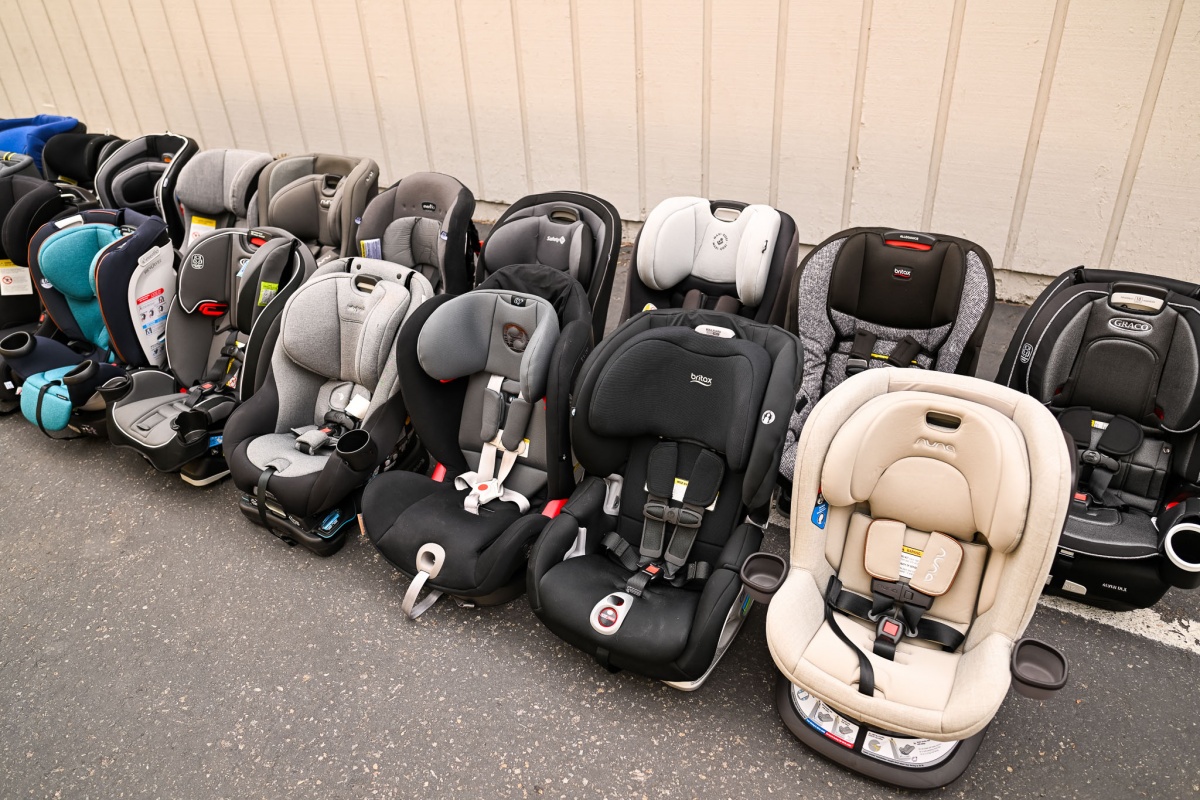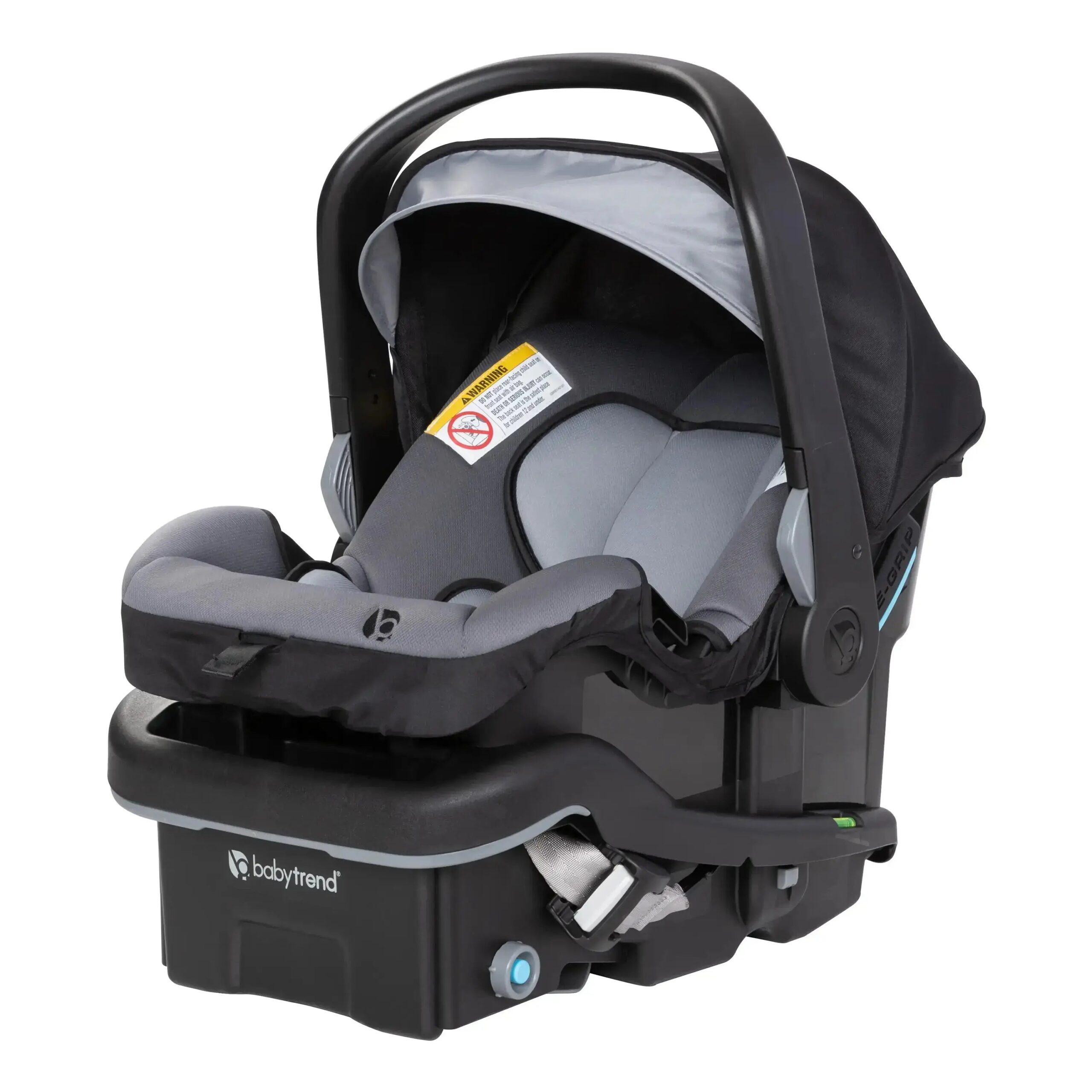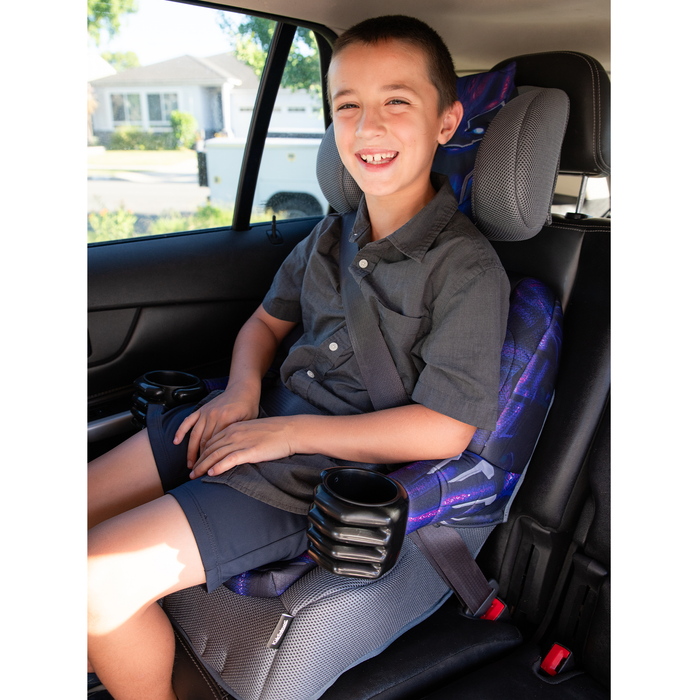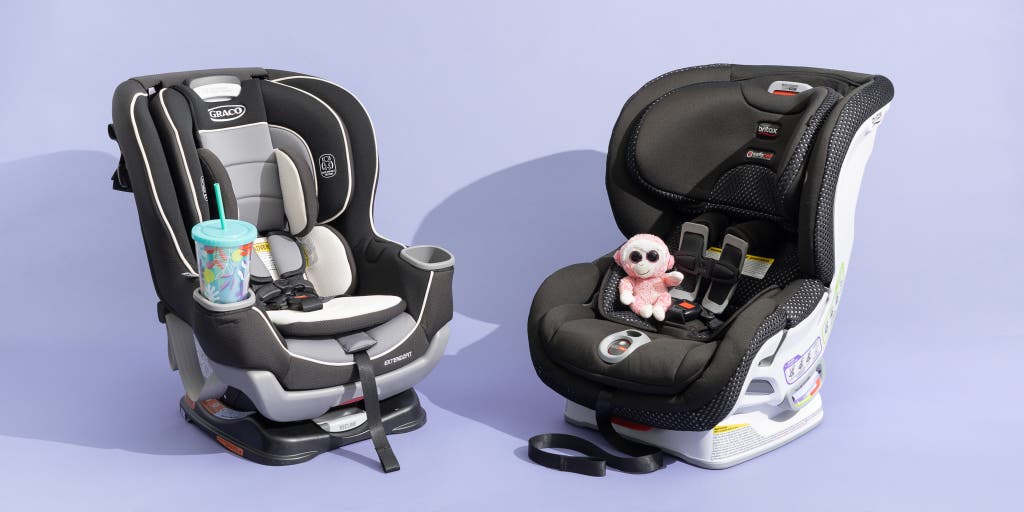An Infant Car Seat And a Convertible are essential for babies. An infant car seat is specifically designed for babies up to 2 years old and is rear-facing only, while a convertible car seat can be used from infancy to toddlerhood and can be rear-facing or forward-facing. In other words, an infant car seat is limited to the early stages of a child’s life, whereas a convertible car seat is adaptable and can accommodate a child as they grow.
Infant car seats are small, portable, and often come with a detachable base, making them convenient for transporting a sleeping baby without waking them. On the other hand, convertible car seats are bulkier, provide more longevity, and can be adjusted to accommodate a growing child’s needs.
Offering flexibility and extended usability, choosing between an infant car seat and a convertible car seat depends on the specific needs and preferences of the caregiver. Choosing the right car seat for your child is crucial for their safety and comfort. However, with so many options available, it’s important to understand the differences between various types of car seats to make an informed decision.
Two popular choices for parents are infant car seats and convertible car seats. While both serve the purpose of ensuring your child’s safety during car rides, they have distinct features and benefits that set them apart. We will explore the differences between an infant car seat and a convertible car seat, helping you make a well-informed choice that suits your child’s needs and your lifestyle. So, let’s dive in and discover the unique characteristics and advantages of each type of car seat.
There are many differences between an Infant Car seat and a Convertible car seat. But an Infant car seat and a convertible car seat are both used for babies. So this is an infant car seat and a convertible both very useful for babies.
Infant Car Seat
An infant car seat is specifically designed to cater to the needs of newborns and infants up to a certain weight and height limit. It provides a safe and secure environment for your baby during car journeys, ensuring their protection in the event of an accident or sudden stop.
Features
An infant car seat typically comes with the following features:
- Deep and adjustable seat: The seat has a deep design to cocoon the baby and keep them snugly in place. It also often has multiple recline positions to ensure optimal comfort.
- 5-point harness system: This secure harness keeps the infant firmly strapped in, with two shoulder straps, two waist straps, and a crotch strap.
- Removable carrier: The car seat can be detached from its base for easy transportation of the baby without waking them up.
- Side-impact protection: To guard against potential collisions, infant car seats are equipped with reinforced side walls and energy-absorbing materials.
- Integrated canopy: Many models have a built-in canopy to shield your baby from the sun and other elements when outdoors.
Additionally, infant car seats are exclusively rear-facing, as this is the safest position for babies.
Pros And Cons
Like any product, infant car seats come with their own set of advantages and disadvantages:
| Pros | Cons |
|---|---|
| Provides maximum safety for infants, as they are specifically designed for their needs. | Outgrown quickly, limiting their usability to the first year or so of your baby’s life. |
| Easy to transport with their detachable carrier and lightweight design. | Requires an additional purchase of a convertible car seat once your baby outgrows it. |
| Designed for compatibility with travel systems, allowing you to transfer the car seat to a stroller without disturbing your baby. | May require significant adjustments to fit larger babies or babies with special needs. |

Credit: babygearlab.com
Convertible Car Seat
Convertible car seats differ from infant car seats in that they can be used in both rear-facing and forward-facing positions, adapting to a child’s growth. This maximizes their usage and saves money for parents in the long run. Furthermore, convertible car seats have higher weight and height limits, accommodating children as they grow.
The convertible car seat is a versatile option that can accommodate a wider range of ages and sizes compared to an infant car seat. It is designed to be used in a rear-facing position for infants and can later be converted to a forward-facing position for toddlers. This adaptability makes it an appealing choice as it can grow with the child and potentially be used for a longer period of time compared to an infant car seat.
Features
Some convertible car seats come with additional features such as adjustable harness straps, multiple recline positions, and removable inserts for newborns, providing a comfortable and secure fit for children of various sizes.
Pros And Cons
Pros:
– Versatility: It can be used for a longer period as it accommodates both infants and toddlers.
– Cost-effective: It eliminates the need to purchase a separate infant car seat.
– Eco-friendly: It reduces the overall consumption of car seat materials over time.
Cons:
– Size and weight: Convertible car seats tend to be larger and heavier than infant car seats, which may not be convenient for travel or carrying the baby around.
– Installation: Due to their larger size and complexity, convertible car seats may be more challenging to install and may require professional assistance to ensure proper installation.
In conclusion, the convertible car seat offers a flexible and cost-effective solution for parents looking for a long-term car seat option. However, the size and weight, as well as the potential installation challenges, are important factors to consider when evaluating whether it is the right choice for your child.
Key Differences
Sure, here is the engaging section of a blog post focusing on the subheading: Key Differences.
When choosing a car seat for your child, it’s important to understand the differences between an infant car seat and a convertible car seat. Each type has its own set of features and limitations, which can impact the safety and comfort of your child while traveling.
Age And Size Limits
Infant car seats are designed for newborns and young babies, typically accommodating children weighing between 4 to 40 pounds. On the other hand, convertible car seats have higher weight limits, usually starting from 5 pounds and extending up to 65 pounds, making them suitable for both infants and toddlers.
Longevity
Infant car seats are generally used for a shorter period, as they are outgrown as the child grows. In contrast, convertible car seats have the advantage of being used for a longer duration, making them a cost-effective option.
Ease Of Use
Infant car seats are known for their portability and convenient carrying handles, which makes them simpler to transport and install. Convertible car seats may offer more complex features due to their multi-stage design but may lack the same level of portability.
Installation Options
Infant car seats are typically rear-facing only, while convertible car seats offer the flexibility to be used in both rear-facing and forward-facing orientations, providing extended use as your child grows.

Credit: www.nytimes.com
Usage Scenarios
When choosing a car seat for your baby, it’s crucial to understand the usage scenarios of both an infant car seat and a convertible car seat. Each type of seat offers unique advantages and is designed for specific purposes. Let’s dive into the key differences and explore the scenarios where each type shines.
On-the-go Convenience
One of the main advantages of an infant car seat is its convenience in on-the-go scenarios. These seats are specifically designed for newborns and young infants, providing a safe and cozy environment. With a detachable base and a lightweight design, infant car seats offer seamless transitions from car to stroller or home without disturbing your little one’s sleep.
Additionally, many infant car seats feature compatibility with travel systems, allowing you to click the car seat onto a compatible stroller. This integrated system ensures a smooth and convenient travel experience, ideal for families who are frequently on the move.
Budget-friendly Option
If you’re looking for a car seat that grows with your child and offers long-term value, a convertible car seat is an excellent option. Unlike infant car seats, convertible seats are not limited to the newborn stage but are suitable for both infants and toddlers.
With their adaptable design, convertible car seats can be used in a rear-facing position for infants and then converted to a forward-facing position as your child grows. This versatility eliminates the need to purchase a separate seat as your baby progresses through different stages, making it a budget-friendly choice in the long run.
Moreover, convertible car seats often have higher weight and height limits compared to infant car seats, accommodating older and larger children. This means you can use the same car seat for several years, making it a cost-effective investment.
| Infant Car Seat | Convertible Car Seat | |
|---|---|---|
| Designed for | Newborns and young infants | Infants and toddlers |
| Portability | Lightweight, detachable base | Heavier, not easily portable |
| Long-term use | Outgrown quickly | Adaptable, can be used for several years |
| Cost | Additional purchases over time | Initial investment, long-term usage |
By understanding the different usage scenarios of infant car seats and convertible car seats, you can make an informed decision based on your specific needs and circumstances. Whether you prioritize convenience for frequent travels or are looking for a budget-friendly option for long-term use, there is a car seat that perfectly suits your requirements.
Safety Considerations
When choosing between an infant car seat and a convertible one, safety should be the top priority.
Crash Test Performance
Infant car seats and convertible car seats undergo rigorous crash tests to ensure their effectiveness during accidents.
Side-impact Protection
Both types of car seats offer varying degrees of side-impact protection to shield the child from potential collisions.
Regulations And Guidelines
When selecting a car seat for your child, understanding the regulations and guidelines is crucial. Federal standards and installation recommendations play a key role in ensuring the safety of your little one during car rides.
Federal Standards
- Infant car seats and convertible car seats must comply with federal safety regulations.
- The National Highway Traffic Safety Administration (NHTSA) sets the standard for car seat safety in the U.S.
Installation Recommendations
- Proper installation of the car seat is essential for optimal safety.
- Follow the manufacturer’s guidelines for correct installation to ensure maximum protection.
Whether you opt for an infant car seat or a convertible one, adhering to these regulations and guidelines is paramount for your child’s safety on the road.

Credit: www.gracobaby.com
Frequently Asked Questions Of What Is The Difference Between An Infant Car Seat And A Convertible
What Is An Infant Car Seat?
An infant car seat is designed for newborns and young babies. It is rear-facing and comes with a harness to provide maximum protection in the event of a crash. Infant car seats are portable and can be easily attached to a compatible stroller.
What Is A Convertible Car Seat?
A convertible car seat can be used in both rear-facing and forward-facing positions. It is suitable for infants and toddlers and offers longer-term use as it can be adjusted as the child grows. Convertible car seats typically have higher weight and height limits compared to infant car seats.
How Long Can An Infant Car Seat Be Used?
Infant car seats are generally suitable for use from birth until the baby reaches the maximum weight or height limit specified by the manufacturer. Most infant car seats have a weight limit of around 22 to 35 pounds and a height limit of around 30 to 32 inches.
What Are The Advantages Of A Convertible Car Seat?
Convertible car seats provide long-term use, saving money and the hassle of buying a new seat as the child grows. They also offer flexibility by allowing for both rear-facing and forward-facing installation, providing safety at each stage of a child’s development.
Conclusion
As you now know, the difference between an infant car seat and a convertible lies in their functionality and adaptability. While an infant car seat offers convenience for newborns, a convertible car seat grows with your child in various stages.
It is crucial to choose the right car seat that meets your child’s needs and safety requirements as they continue to grow. By understanding the disparities between these two types of seats, you can make an informed decision and ensure your child’s safety on the road.





